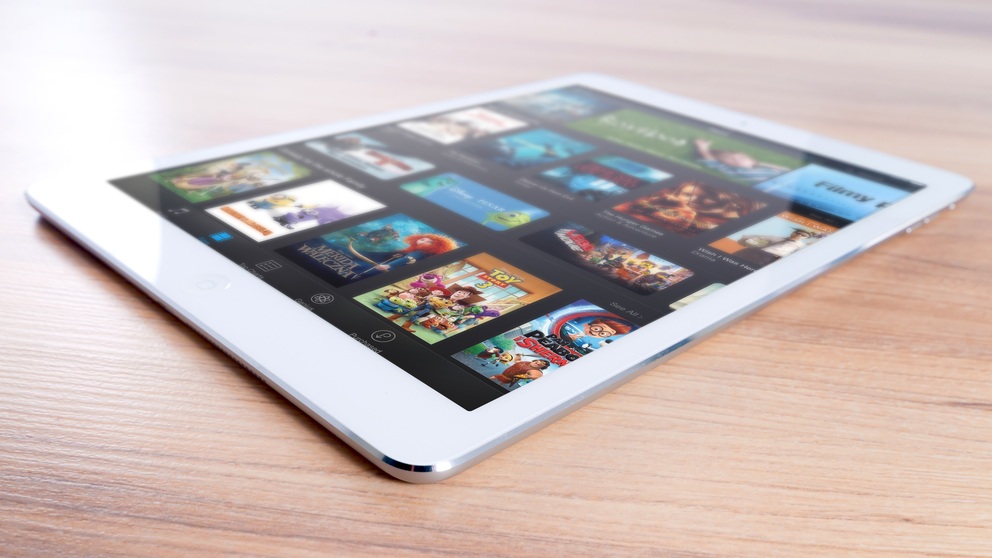Frank Copsidas, President of the 5G Broadcast Collective, discusses the transformative potential of 5G Broadcast technology, a novel platform for delivering content directly to smart devices equipped with a 5G broadcast-enabled modem chip.
Spending the last two years diving into the deep end of the pool of 5G Broadcast has been both an exhilarating and passionate experience. Being a worldwide standard under the 3rd Generation Partnership Project (3GPP), 5G Broadcasting brings our world together in one broadcast standard. Applications include linear programming; critical emergency alerts delivered in under half a second; innovative first responder solutions; and edge data delivery as a backup to cellular service. 5G Broadcast possibilities are limited only by one’s mind.
Transmitting
Dividing up the three main areas of the development of 5G Broadcast is explanatory. First comes the transmission side. One of the benefits is the straightforward conversion to 5G Broadcast from a traditional over-the-air broadcast chain. Assuming the transmitter is capable of OFDM, only the modulation software and exciter need to be changed. In some cases...
You are not signed in.
Only registered users can view this article.

Opinion: With AI, MAM systems can finally deliver on their potential
Next-gen AI tools have become integral to media asset management systems. Transitioning to advanced capabilities with multimodal and generative AI unlocks enhanced searchability, contextual insights, and new ROI opportunities. Frederic Petitpont, Co-Founder and CTO of Moments Lab, explains more.

UK’s indie producers need to embrace private equity or risk being left behind
According to recent stats from the British Film Institute (BFI), spending on film and high-end television production in the UK reached £4.2bn in 2023. While this is great news at face value, Sarudzayi Marufu, founder and executive producer of Euras Films, argues that domestic film and TV producers are being neglected, representing only 11% of the total spend. Marufu believes that the return of private equity could help bring UK indie film back from the brink.
.jpg)
New Storage Strategies to Accelerate Camera to Cloud Data Management Workflows
Over the past three years, the media and entertainment (M&E) industry has undergone dramatic changes. For starters, cinema saw an unprecedented 70.4% decline at the start of the decade, according to World Economic Forum, a shift that prompted the movie industry to rethink everything from the ground up. Meanwhile, streaming platforms like Netflix, Disney+, Amazon Prime, and others experienced a proportionally unprecedented surge in demand for film and TV content delivered over the internet—all of which was catalysed by the pandemic—putting many studios in a difficult spot, as the future of the industry appeared to be a moving target.

Web3: The next paradigm shift in the entertainment and media industry
The entertainment and media industry is currently undergoing a significant transformation, evoking memories of past disruptions that maintain their impact. Actions like calculated strategic shifts by prominent players, the emergence of NFTs, and the evolving social media landscape driven by TikTok signify the ongoing breakdown of established norms in entertainment and media.

Ensuring Secure Streaming from Backend to App: A Holistic Approach to Protect User Data, Content, and Service Infrastructure in OTT and PayTV Services
In the realm of streaming services, the constant battle to safeguard digital content from piracy and cyber threats persists. While Digital Rights Management (DRM) was once at the forefront of content protection, today’s landscape demands a broader, more holistic security approach. As hackers continually refine their tactics, securing OTT/PayTV streaming applications extends beyond DRM, encompassing app infrastructure, device hardware, and operating systems. This article explores a renewed OTT/PayTV app defense approach, delving into security best practices and strategies that stretch beyond conventional content protection. By adopting a security-first mindset and harmonising backend and app-based defenses, streaming service providers can raise the bar against cyber threats, ensuring the highest standards of content protection and viewer data security.

.jpg)

